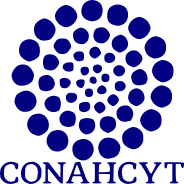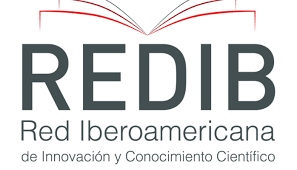PATRONES ESTACIONALES DE UTILIZACIÓN DE RECURSOS FLORALES POR SCAPTOTRIGONA HELLWEGERI EN LA ESTACIÓN DE BIOLOGÍA CHAMELA, JALISCO, MÉXICO
Abstract
The floral resources consumed by the
social bee Scaptotrigona hellwegeri were
studied in two different plant communities
at the Chamela Biological Station, Jalisco,
Mexico. Pollen analysis of nest cell contents
was conducted on 69 samples collected
from three colonies of S. hellwegeri over a
twelve-month period.
A total of 165 types of pollen were recorded
and quantified. Of the taxa observed, only
16 were really important resources, having
representation of 10% or more: Apoplanesia
paniculata, Astronium graveolens, Bursera
sp., Cassia hintonii, Combretum sp., Croton
sp., Euphorbia mcvaughii, Forchhammeria
pallida, Heliocarpus pallidus, Indigofera
langlassei, Pisonia aculeata, Psidium
sartorianum, Recchia mexicana, Thouinia
paucidentata, Thouinidium decandrum and
Vitex mollis.
In samples from colony C1, thirteen plant
species proved to be important; in colony
C2, ten were important, and in colony C3,
eleven. An interesting point is that among
all the plant species visited, trees were the
best represented in the samples.
Scaptotrigona hellwegeri was polylectic,
that is, it collected pollen from many unrelated plant species. Nevertheless, at different times throughout the year its foraging
strategy occasionally could be considered
narrowly polylectic or included oligolectic,
as gathering could be limited to a few related
plant species.
Key words: Melissopalynology, Scaptotrigona hellwegeri, pollen, floral resources.
Downloads
Published
Issue
Section
License

Polibotánica by Departamento de Botánica de la Escuela Nacional de Ciencias Biológicas del Instituto Politécnico Nacional se distribuye bajo una Licencia Creative Commons Atribución-NoComercial-CompartirIgual 4.0 Internacional.




















